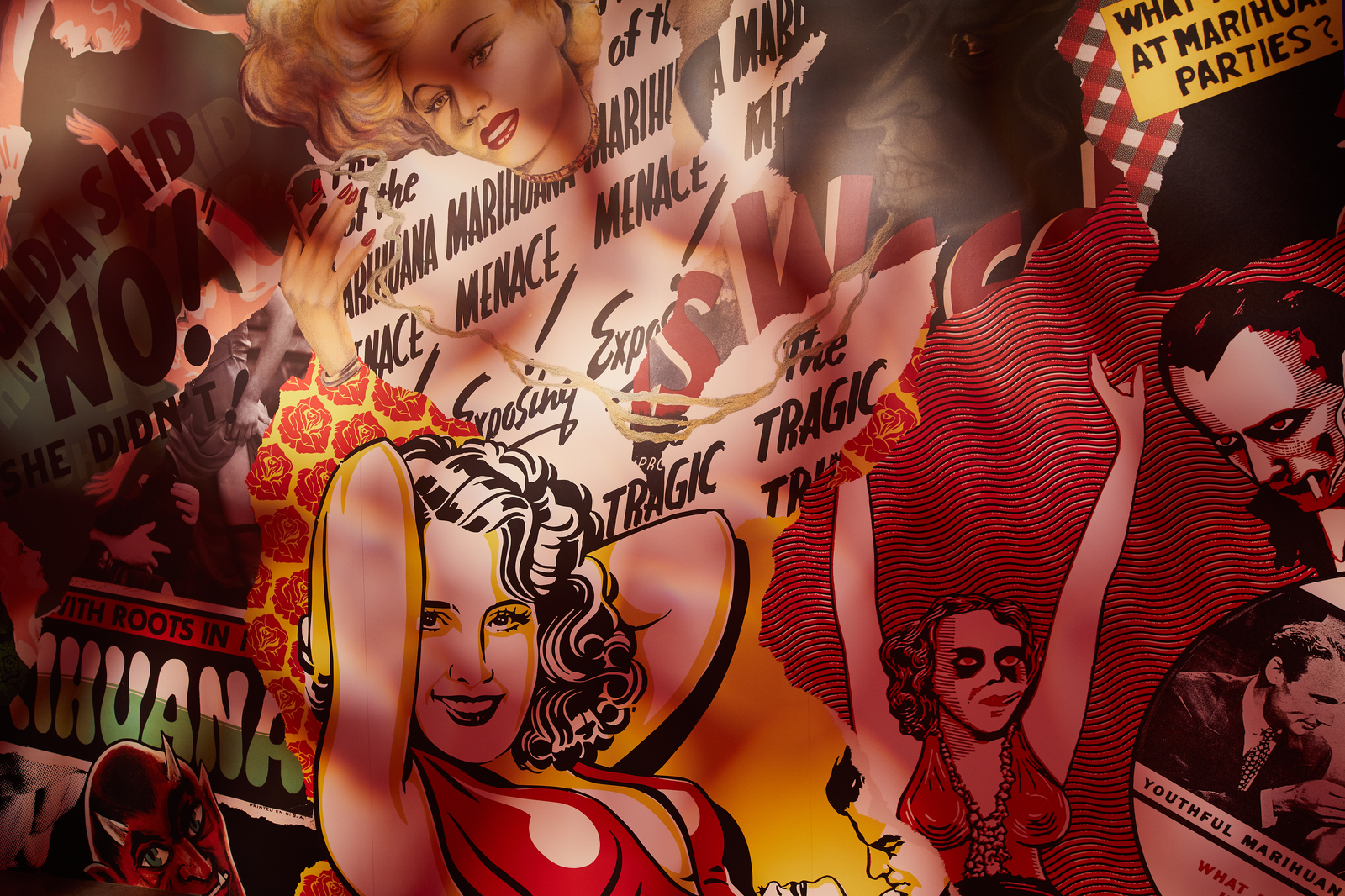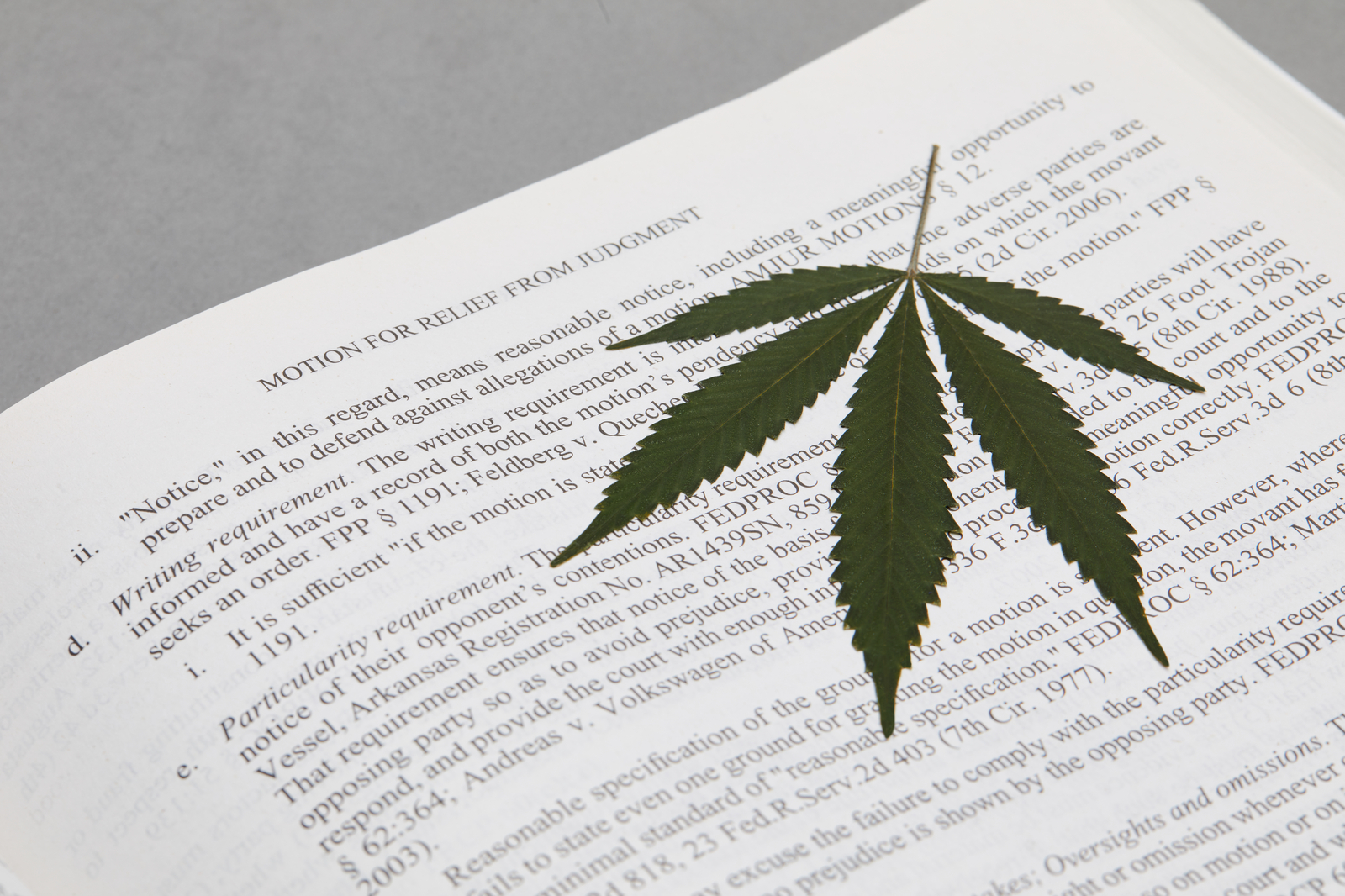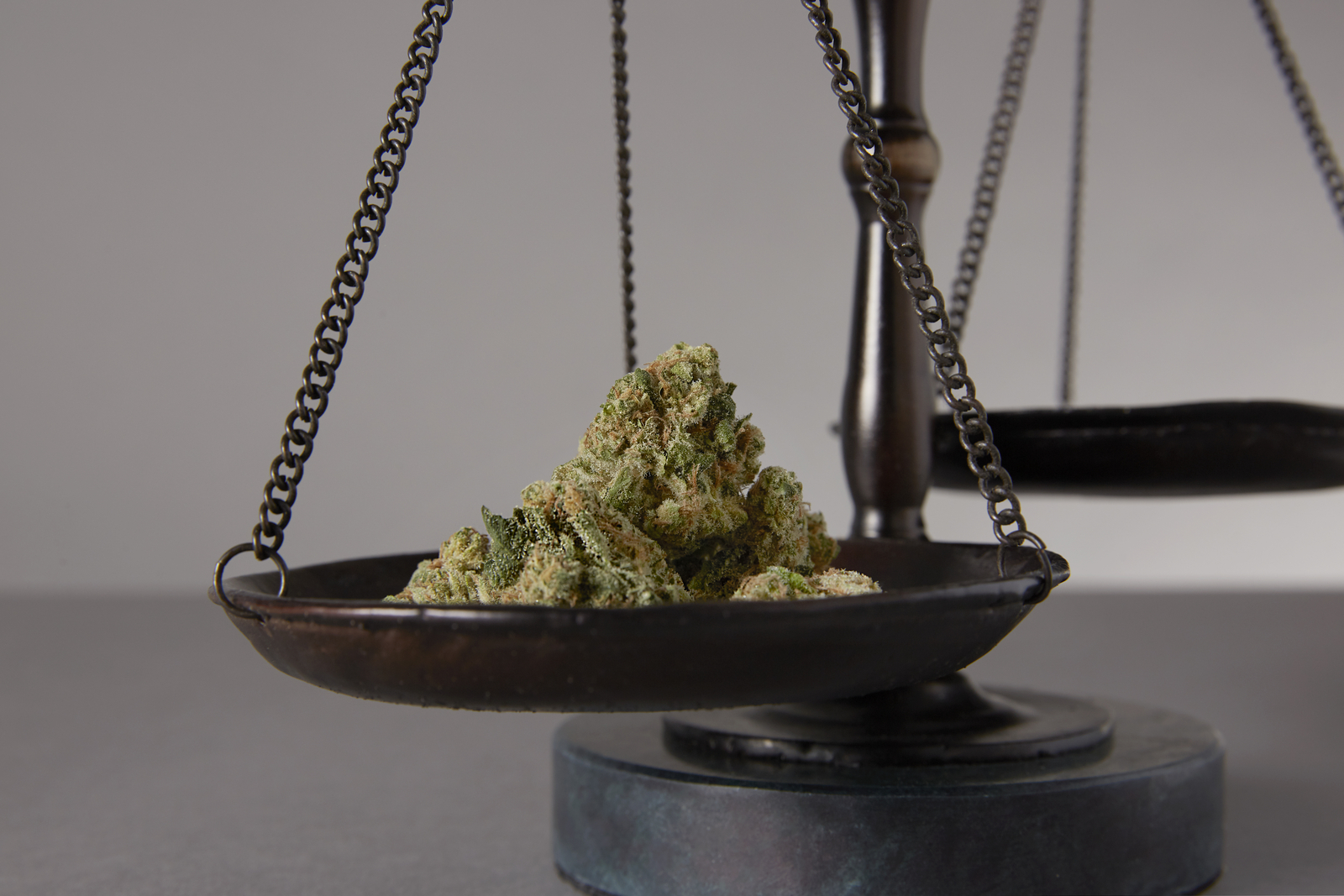The history of marijuana prohibition, like a lot of “facts” in cannabis culture, is a bit hazy. Early Taoist and Muslim societies first embraced then likely shunned its use. It began to be outright banned in 1265 in parts of Egypt largely as an attempt to control the Sufi population, which was seen as lower class. Pope Innocent VIII is said to have banned it in 1484 because of its association with pagans. Spain brought hemp to South America for rope production but banned it in Mexico when the natives discovered it was useful for something other than textile making.
One of the most cited early prohibitions dates back to the 18th century. Napoleon Bonaparte is said to have issued the first formal prohibition of cannabis use in 1799 after his troops were introduced to the herb during their conquest of Egypt, where alcohol was banned, and brought it back to France as a spoil of war.
In reality, a Frenchman left in charge of Egypt after Napoleon went back to France saw a chance to ingratiate himself to his Sunni Muslim in-laws by banning hashish and cannabis, which were associated with Sufi Muslims. Nevertheless, French troops returned home, hash in hand, and helped spread it across western Europe.
In an attempt to control unrest in colonized India in the late 1700s, the British considered banning the very popular plant. But Parliament saw dollar signs, or pound signs, and decided to tax cannabis and regulate its cultivation by requiring farmers to have government licenses. The scheme did bring in money for the British, but the illicit market continued as well. The government eventually conducted a huge study of Indian cannabis production, the largest ever. It resulted in a report calling, not for a ban, but for centralized cultivation. Critics were unmoved.
In 1860, white settlers in what's now South Africa imported indentured Indian slaves, who brought cannabis with them. Native Africans embraced the practice, which fit with their own. Worried Europeans outlawed it in 1870.
In the early 1900s, the prevalent US attitude toward cannabis took a pointed turn toward marijuana illegalization thanks to a combination of political, cultural, and financial factors. Legislation prohibiting marijuana started popping up at the state level, beginning with a Massachusetts ban in 1911.
Around the same time, attitudes were changing in Mexico as well. Political disruption there, which eventually led to a revolution in 1910, displaced a lot of Mexicans into the southwestern US. While some historians say Mexico was tolerant of cannabis and uptight attitudes in the US led to prohibition, others say elites who took power in 1910 painted drugs, including marijuana, as something associated with soldiers and criminals. The Mexican government banned the plant in 1920, a full 17 years before the US first moved against it at a national level.
The association of cannabis with immigrants, undesirables, and the “other” stuck, as did questionable stories propagated by the Mexican government about marijuana use leading to violence and lunacy. US doctors and pharmacies had once imported and prescribed cannabis, but critics began to call it marijuana or marihuana to cement its association with Mexicans. Media reports and supposed experts warned of the drug's spread into cities.
A 1917 report from the US Treasury Department said “Mexicans and sometimes Negroes and lower-class whites” enjoyed recreational weed and the chief concern was the danger these individuals might pose to upper-class white women. In 1931, Time magazine said it was smoked in Harlem and New Orleans, where children were addicted. It didn't take any time at all for white readers to translate Harlem and New Orleans into “Black people.” Religion, class, and money have been mixed up with cannabis prohibition throughout time. In the US, the perception that cannabis' major consumers were immigrants, people of color, and lower class was used to encourage cannabis prohibition.
When was marijuana made illegal?
While the laws have changed over the decades, marijuana has been illegal in the United States since the early 20th century. As Americans turned to marijuana after the prohibition of alcohol in 1920, numerous states passed marijuana prohibition laws in the following decade, including Iowa, Nevada, Oregon, Washington, Arkansas, Nebraska, South Dakota, and Wyoming. A total of 19 states had cannabis-prohibitive laws on the books by the time alcohol prohibition was repealed in 1933. But it became effectively illegal nationwide with the passage of the Marihuana Tax Act of 1937.
Who made marijuana illegal?
The drafters and signers of the Marihuana Tax Act of 1937 effectively prohibited cannabis nationwide, but the wedge between the reality and perception of cannabis was driven more deeply in the 1930s through a concerted effort by two men. Media magnate William Randolph Hearst and Harry Anslinger, dubbed “America's first drug czar” for his role as commissioner of the Federal Bureau of Narcotics, worked to cast cannabis in a negative light. Hearst's collection of widely circulated newspapers — then the largest media conglomerate in the world — made a powerful vehicle through which to spread Anslinger's disinformation about cannabis.
Why was marijuana made illegal?
Anslinger was known to publicly attack the character of cannabis consumers, including making racist remarks. He is widely cited as having said: “There are 100,000 total marijuana smokers in the US, and most are Negroes, Hispanics, Filipinos, and entertainers. Their Satanic music, jazz, and swing result from marijuana use. This marijuana causes white women to seek sexual relations with Negroes, entertainers, and any others.”
Hearst gave Anslinger's positions front-page treatment in his newspapers, stoking fears of depravity, crime, and an influx of minorities threatening delicate American sensibilities.
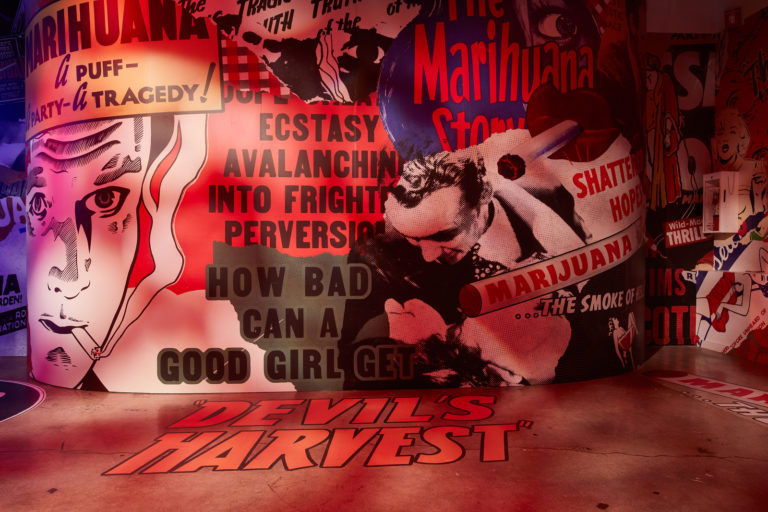 Photo by: Gina Coleman/Weedmaps
Photo by: Gina Coleman/WeedmapsImage lightbox

By 1937, the American propaganda campaign had successfully woven disinformation and paranoia into the fabric of the cannabis conversation throughout the world. The 1933 propaganda film Reefer Madness, which depicted cannabis smokers as wild, uncontrollable, and almost animalistic in their behavior, illustrates the level of inaccuracies surrounding cannabis perception at the time.
Against the recommendation of the American Medical Association, the Marihuana Tax Act of 1937 was passed into law on Oct. 2 of that year. In the decades that followed, harsher legislation, like the Boggs Act of 1951, which set mandatory minimum sentences, resulted in stricter penalties for cannabis-related offenses.
The Marihuana Tax Act of 1937 was overturned in 1969, though in the following year, President Richard Nixon signed into law the Controlled Substances Act (CSA). The CSA states cannabis has no accepted medical use and includes restrictions that classify cannabis as a Schedule I drug along with heroin, LSD, and peyote. Cannabis' Schedule I classification virtually eliminated medical and scientific research and it is still in effect to this day. Following the passage of the CSA, President Nixon declared a formal war on drugs in 1971, appointed the National Commission on Marijuana and Drug Abuse the following year, and established the Drug Enforcement Administration (DEA) in 1973.
Incidentally, the National Commission on Marijuana and Drug Abuse recommended abolishing all penalties for personal possession and consumption, according to the New York Times. Obviously, that recommendation was ignored.
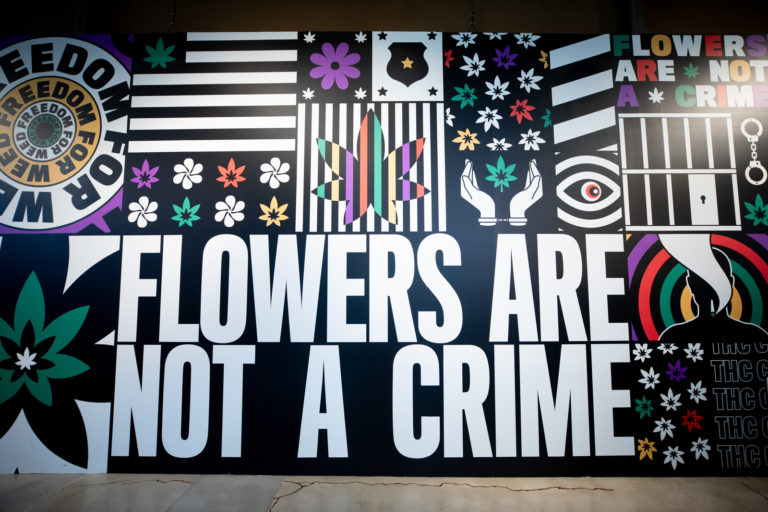 Photo by: Gina Coleman/Weedmaps
Photo by: Gina Coleman/WeedmapsImage lightbox

President Reagan renewed the call for a war on drugs in 1982, emphasizing a strict zero-tolerance policy that led to overcrowded prisons throughout the country and the creation of mandatory minimum sentencing laws. Since its inception in 1971, the war on drugs has cost the United States more than $1 trillion and it is widely considered to be an economic and criminal justice failure.
Despite the decades-long effort to disparage cannabis and its consumers, the perception of it continues to change, with two-thirds of US citizens supporting marijuana legalization, according to 2019 statistics from the Pew Research Center. While efforts to legalize cannabis have been successful in countries like Uruguay and Canada, as well as parts of the US and Australia, the plant remains illegal throughout most of the world.
SOURCES
Stoa, Ryan. "A Brief Global History of the War on Cannabis." MIT Press Reader, January 23, 2020.
Veldman, Maurice. "Cannabis in South Africa – Laws, Use, and History." Sensi Seeds, January 21, 2021.
Thompson, Matt. "The Mysterious History Of 'Marijuana.'" NPR, July 22, 2013.
Miller, Joshua. "It's official: Marijuana is legal in Massachusetts." Boston Globe, December 14, 2016.
Waxman, Olivia. "The Surprising Link Between U.S. Marijuana Law and the History of Immigration." Time, April, 20, 2019.
Wharf, Barney. “High Points: An Historical Geography of Cannabis.” Geographical Review, vol. 104, no. 4, Oct. 2014, pp. 414–438.
Winter, Paul. “A Brief History of Marijuana Prohibition” www.marijuana.com, July 15, 2016.
Kennedy, Paul. “Nearly 500 Seized in Narcotics Raids Across the Nation” The New York Times, January 5, 1952.
Pollack, Hannah. “Increasing Percentages of Americans are Ready for Legal Marijuana.” The Harris Poll, May 2015.

